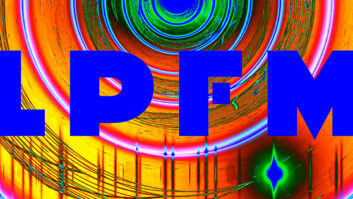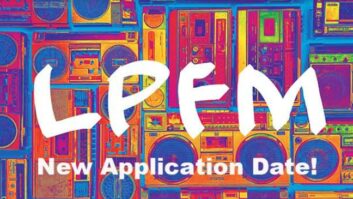Engineers are buzzing with reaction to last week’s filing by a group of 18 organizations asking the FCC to approve a voluntary IBOC power increase of up to 10 dB. Radio World broke that story last Friday.
Those requesting the increase include broadcast groups, transmission manufacturers and Ibiquity; NAB has filed in support. A power hike was a major topic among technical managers during the recent NAB Show, and numerous papers explored the implications.
Tests by CBS, Ibiquity, Greater Media and other involved radio groups compared performance with digital power at –20 dB and again at –10 dB, and looked at the increase in digital coverage vs. increased interference. The tests concentrated on co-channel and adjacent-channel results. They also included an analysis of super-powered FMs and short-spaced stations.
The power hike proponents said they found interference levels acceptable with the increase.
But other engineers I’ve spoken to believe more tests need to be done.
One of them, Bert Goldman, vice president of engineering for Independence Media and a member of the National Radio Systems Committee, questions whether enough studies have been done and wonders if there is another way to accomplish an increase in digital coverage.
He told me he believes tests for possible interference for second-adjacent channels should have been completed. Why? Because so-called rim-shot stations will receive increased analog interference from their neighboring second-adjacent, in-town digital neighbors if the digital power is increased, he says.
The tests were not done under the auspices of the NRSC. It wasn’t asked to take this issue under its wing by NAB or CEA, sources say, although I’ve also heard the group has discussed taking up the issue.
Goldman has been on the NRSC and involved with the digital radio standard for 15 years. He tells me he’s not trying to kill the HD Radio rollout; rather he is a proponent of the technology.
“I would like nothing more than to have someone tell me that I’m all wrong and why. Unfortunately nobody has yet done that and if my suspicions are correct, then substantial harm could be inflicted upon hundreds of FM analog stations that count on their fringe 60 dBu signals,” he says.
The issue needs more study and the folks at the NRSC are just the ones to do that, he believes.
Other organizations have been testing too; NPR Labs tested for the same thing but in a different way, finding that while an IBOC power increase would most benefit home listening, the resulting increased interference would likely hurt analog mobile coverage. It intends to do more studies and NPR has taken no position on a power hike.












